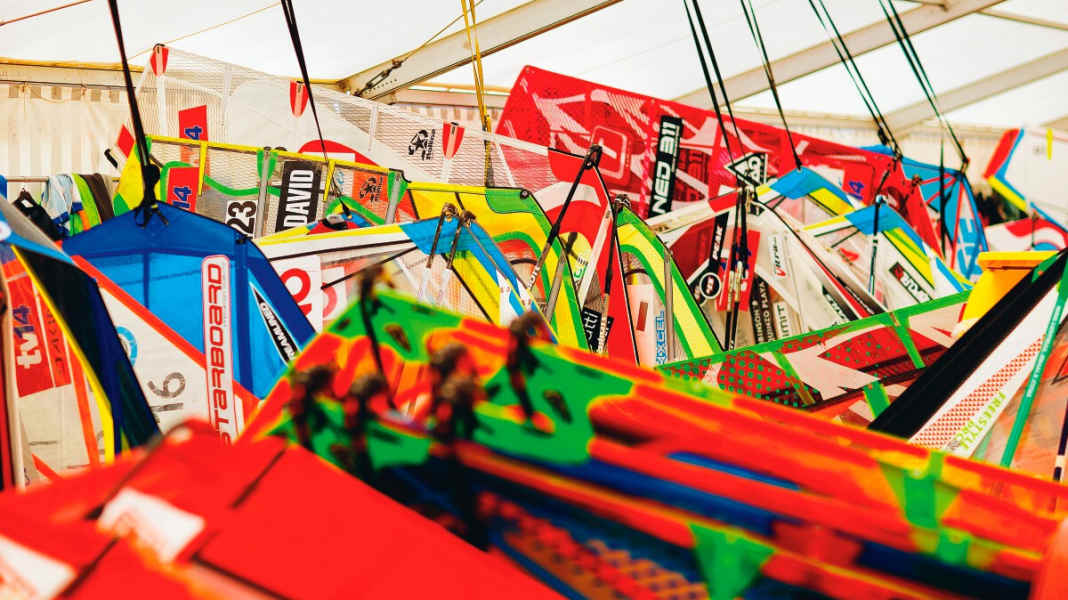
As with boards, there are also different designations for sails (wave, freestyle, slalom, freemove, freeride, freerace, race), which characterise the recommended area of use. If you are looking for information on the individual sail groups, you can find it in our Windsurfing Sailing Guide .
For newcomers, it is particularly important that the sailnone has camber. Cambers are plastic braces that support the sail battens against the mast and give the sail a rigid profile, similar to an aeroplane wing. This gives very experienced surfers control advantages in strong winds, but less experienced surfers have many disadvantages as a result, e.g. poorer handling, high weight when launching into the water and also a higher price!
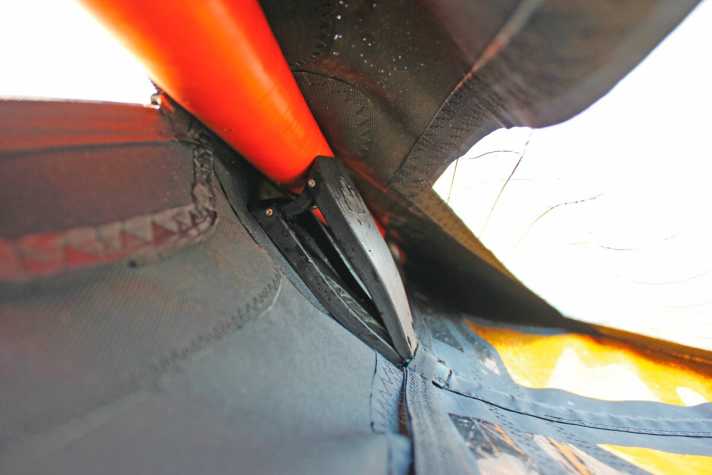
surf tip:Sails in the wave, freestyle, freemove and freeride categories have no camber and are generally suitable for intermediates. Freerace and race sails have camber and are therefore a tip for experienced surfers in particular!
The perfect sail size depends on body weight, riding ability and wind strength. The following sail sizes (in m2) are recommended as an all-round size for light and medium winds (2-4 Beaufort) and surfers who have just learnt the basic techniques:

As you progress, you may find that you want a larger sail. However, this does not mean that your small sail will become useless, you will need it again and again on days with more wind.
Sails made from monofilm
Most sails on the market are made of monofilm, a transparent plastic film. This is light and does not warp, but is sensitive to creases and UV light. When buying second-hand, it is therefore not necessarily important how old the sail is, but how much sun it has been exposed to over time and how carefully it has been treated. If the monofilm feels dry and brittle, is opaque to milky white and has many small creases, these are signs of reduced durability. The film will then tear quickly if it falls into the sail.
Cloth sails:
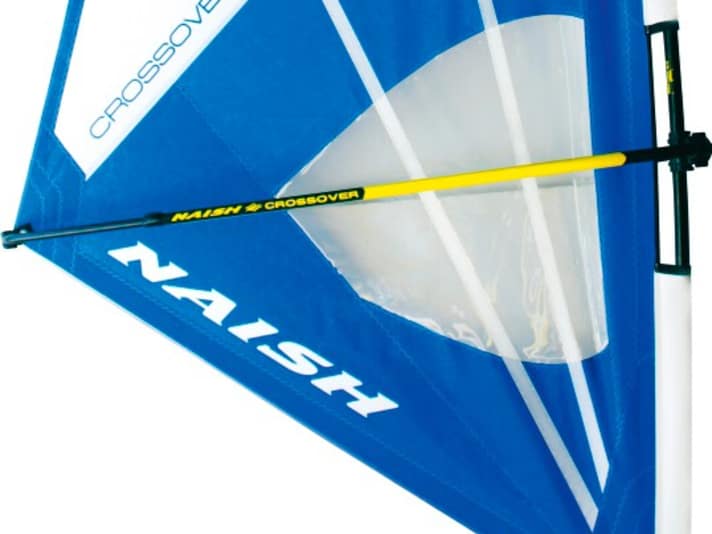
Cloth sails (also known as Dacron sails) are often recommended for beginners, intermediates and children - and for good reason. Dacron is soft and resistant to kinks and crashes. It is also much more resistant to UV radiation than monofilm. A ten-year-old Dacron sail is therefore often still perfectly usable, whereas a monofilm sail of the same age usually is not. A used cloth sail with two or three battens will serve you well, especially in light wind conditions. The disadvantages are only really noticeable in strong winds: cloth sails are then not quite as dimensionally stable and are more difficult to control than monofilament sails in planing winds above 12 knots.
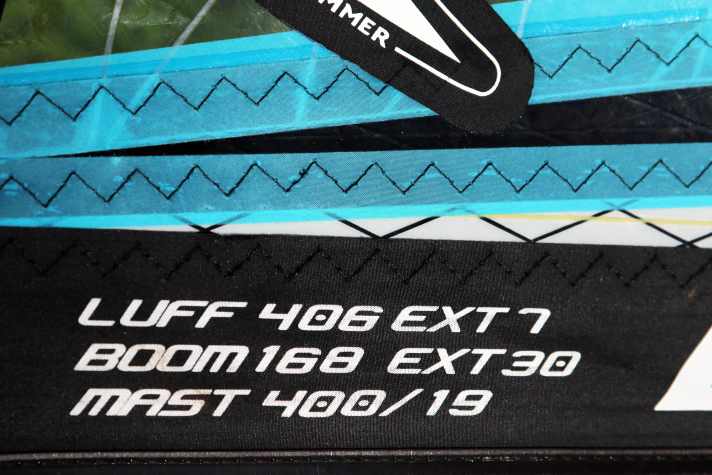
If you already have a mast and boom, check their dimensions before buying the sail. These are printed on every sail."Luff" is the luff length (mast + extension)."Boom" refers to the boom length. Sometimes you can use sails with two mast lengths - either by extending a shorter mast with a mast extension or by allowing a mast that is actually a little too long to protrude at the top.NoteIn this case, however, the sail must have a vario top!
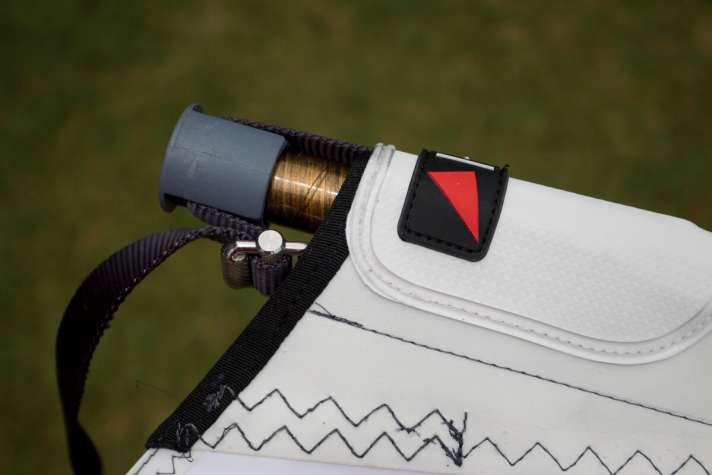
The following links offer a wide range of used equipment. You can use the tips from our guide to find your way around here. Of course, you can also find suitable offers on Ebay & Co.
You can find out how to repair tears, holes and other damage quickly and cheaply in the "Sail repair workshop". You will find the link to the free pdf download below.
